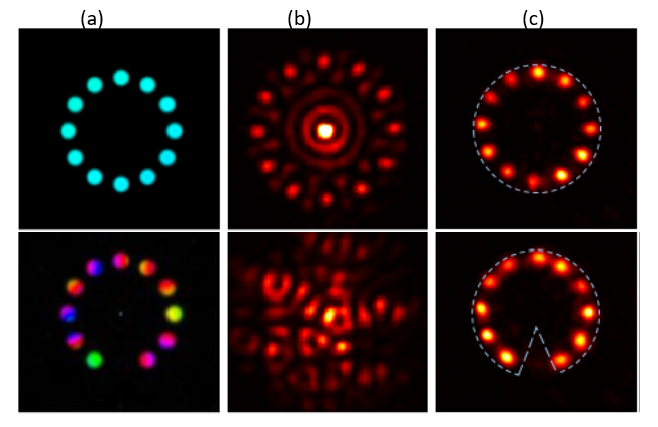Showing 1 to 15 of 2075 results


Hybrid solar panel with high energy efficiency
Patents for licensing UNIVERSIDAD DE BURGOS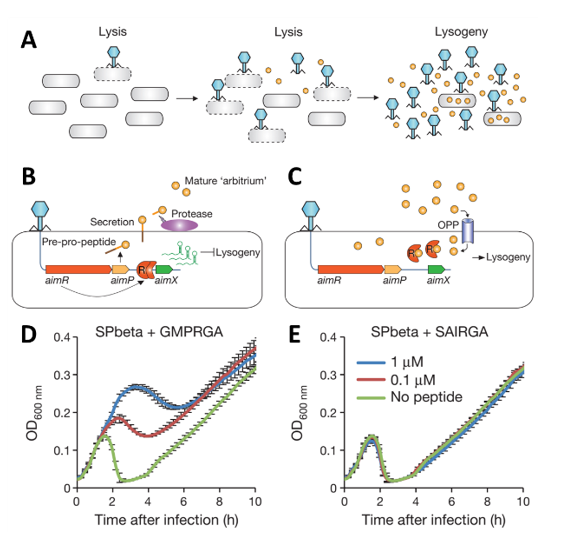

A Novel Synthetic Biology Platform for Controlling Gene Expression
Patents for licensing Yeda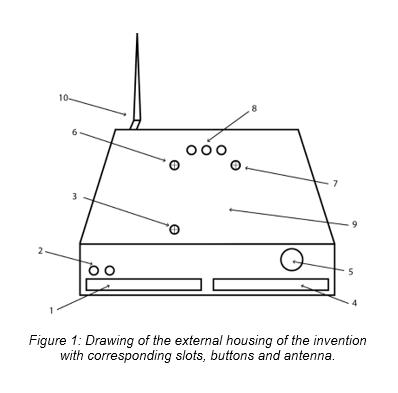

Seismic-noise recording system with real-time data visualisation
Patents for licensing Universidad de Alicante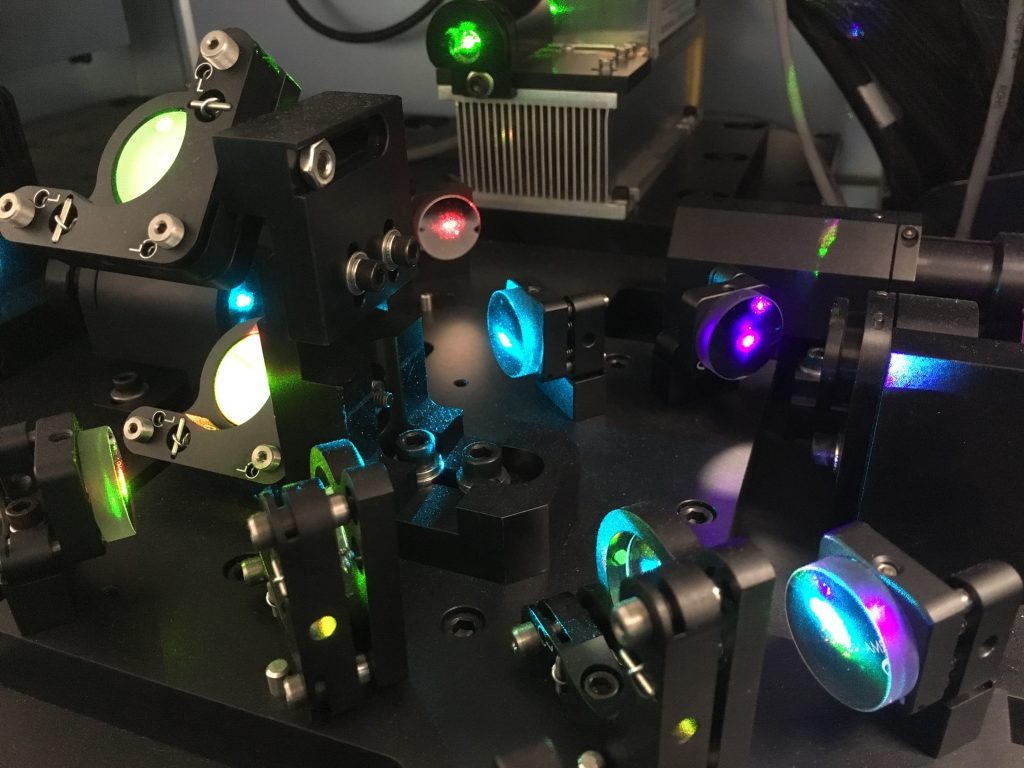

Bioimaging Platform - Luxembourg Centre for Systems Biomedicine
Research Services and Capabilities University of Luxembourg![Nanometric markers: High-efficacy and fast molecular finding Authors: Luis Liz Marzán, Ramón Álvarez Puebla and Javier García […]](https://static5.innoget.com/uploads//a624a02c650d37812ff90bde0ebe9b04dfa7aa38.png)
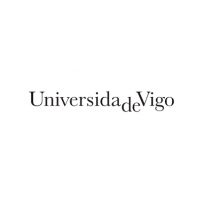
Nanometric markers: High-efficacy and fast molecular finding Authors: Luis Liz Marzán, Ramón Álvarez Puebla and Javier García […]
Patents for licensing University of Vigo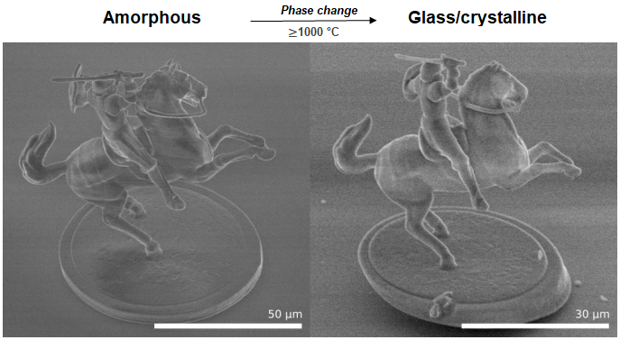

Additive manufacturing of 3D glass-ceramics down to nanoscale resolution
Knowhow and Research output Vilnius University

Enzyme Search- BIOMATCHMAKER®. Find a new enzyme
Innovative Products and Technologies Zymvol Biomodeling S.L

ONLINE GRID IMPEDANCE ESTIMATOR
Innovative Products and Technologies University of Luxembourg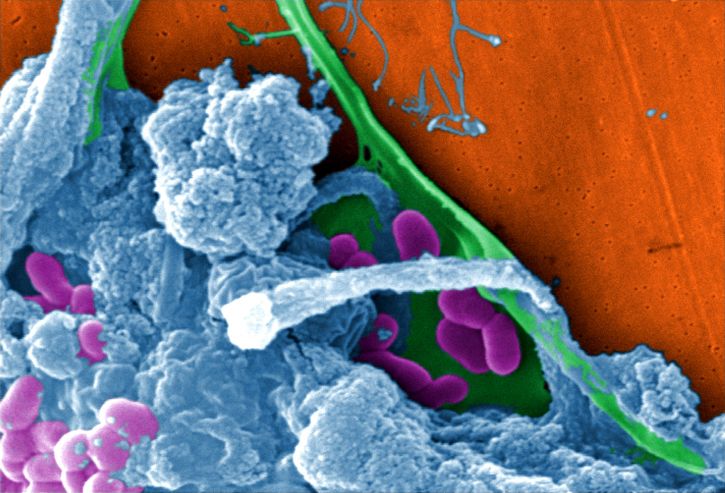

Novel Therapeutic Agent to Target Microbial Biofilms
Patents for licensing Binghamton University

ACQUISITION OF SELENIUM-ENRICHED YEAST BASED ON AGRO-INDUSTRIAL RESIDUES
Patents for licensing USP Innovation Agency

Quantum Random Number Generator QRNG
Patents for licensing University of Vigo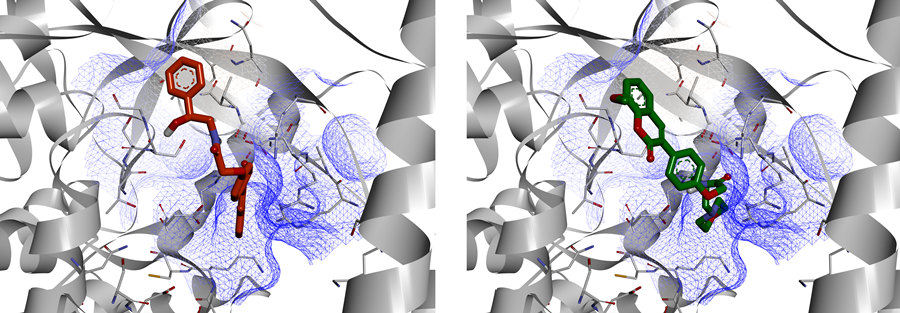
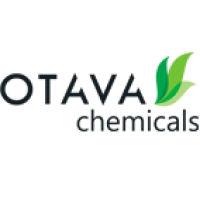
SARS-CoV-2 RNA-dependent RNA Polymerase Targeted Library
Research Services and Capabilities Otava Research Institute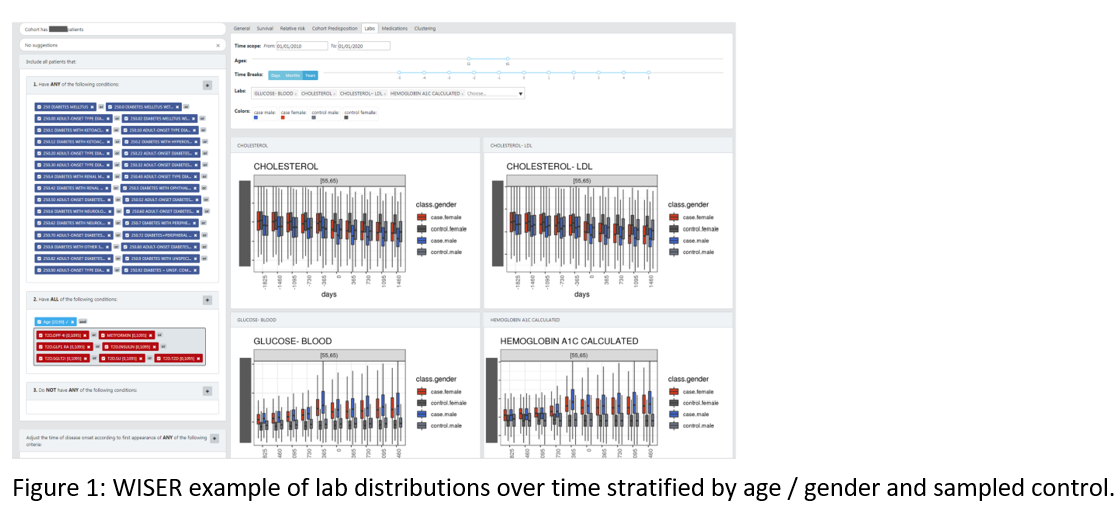

WISER – A Holistic Analysis Of Large Scale Electronics Health Records
Patents for licensing Yeda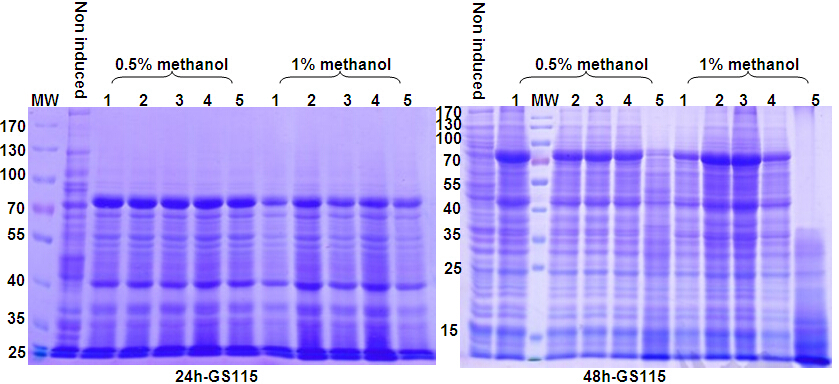
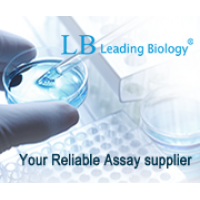
Yeast Expression System Service
Research Services and Capabilities Leading Biology